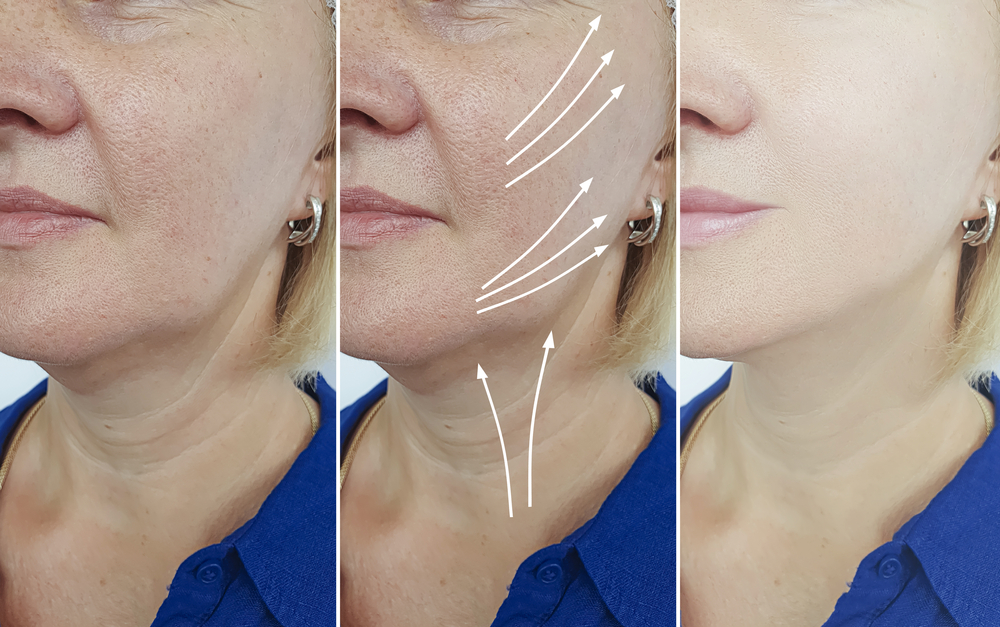Many children experience some nerves when the summer ends and talk of school returns. But for some kids, it’s more serious.
There are several ways to deal with first-day-of-school anxiety. You can use preparation and reassurance to decrease anxiety. Listed below are some common triggers and strategies to help ease your child’s fears. You can use them to help you and your child get through the first day of school. These methods can help your child feel more comfortable with the school and the new surroundings. In addition to reducing anxiety, they can also improve their self-esteem.
Common triggers
A child may develop first-day of school anxiety for a variety of reasons. It may feel nervous or overwhelmed, and it can lead to a host of problems. One way to reduce anxiety is to make plans ahead of time. Get your child’s class schedule and make sure they know their teachers and classes. You can also take advantage of orientation programs and prepare your child for the day ahead. By planning ahead, your child will feel more comfortable and will be able to learn about school rules and procedures.
While many children feel fine during the summer, they may experience symptoms of anxiety. This may be because they have not been exposed to the things that are causing their anxiety. By avoiding situations that cause anxiety, children can become even more sensitive to them. The summer months are a good indicator of how their anxiety will develop on the first day of school. By predicting the things your child is exposed to during the summer, you can help reduce the chances of first-day jitters.
Strategies to ease anxiety
There are many strategies to ease first-day-of-school anxiety, from providing visual reminders to talking to teachers. It’s similar to what new employees feel, and parents might be just as nervous as children. Parents can make sure teachers are aware of any concerns by emailing or calling them. Teachers can also monitor classroom behavior and look out for general signs of anxiety, such as a nervous child. For younger students, parents can set up playdates for them before school starts.
One strategy you should look at is reading some books about the first day of school. Positive stories about a new school or humor can help a child cope. There are many good lists of back-to-school books you can choose from – find the right book for your child.

Preparation
When it comes to preparing your child for the first day of school, you can do two important things. You can spend time with your child the night before to figure out what to wear, which will help ease any nervousness. Also, show up at least 15 minutes early so your child doesn’t feel the pressure of leaving too early. If possible, get involved in their daily routines. Ask your child what makes him/her relax. When your child talks about their fears, acknowledge them.
Visit the school before your child starts. If possible, go to the school with your child and explore it thoroughly. Try to visit the classrooms, classroom assistants, and cafeteria. If your child is going to be attending a new school for the first time, introduce yourself and your child to the teacher and let them stay in their classroom while you drop off a note. You may also be able to talk with the school’s office personnel, who will be more familiar with your child.
Reassurance
Parents can reassure their children of the importance of attending school by visiting the school beforehand. Visiting the school can help children adjust to a new school, as well as familiarize them with the building and staff. Reassuring your child of the school’s safety and comfort will also reduce anxiety. Talking about the fun things they can look forward to helpin them deal with the transition. You can also bring them along on the first day of school.
One way to reduce your child’s anxiety is to make sure your child is aware of the daily schedule and how to behave in class. A visual schedule or reminder can help younger children feel more comfortable and relaxed. Similarly, visual reminders can help teachers and parents know what to expect. By putting schedules and reminders on the wall, children will have a clear idea of what to expect on the first day of school.
Keeping things consistent
One of the best ways to deal with the first day of school anxiety is to make your child’s transition easier. Try creating a goodbye routine the night before. Explain the changes to your child and try to calm him or her down. Children often need to practice the drop-off routine several times to get used to it. Even adults can feel a little anxious about the change. So, the first day of school is not a time to make major changes in your child’s routine.
Professional help
If your child is suffering from a persistent, intense first-day of school anxiety, there are a few options. While most children experience mild jitters and anxiety in the weeks leading up to the big day, a more serious case may warrant a consultation with a child psychologist or psychiatrist. The good news is that your child will gradually lose the symptoms after a few weeks. Here are some tips to help your child cope with the changes that are bound to come with the school year.
Find an effective treatment plan for your child. Often, this involves addressing the underlying cause of your anxiety. In addition to medications, some students find that a variety of coping methods helps them get over their fears. A calming routine can be a good way to cope with the situation and can serve as a release for negative emotions. If you’re concerned about your child’s ability to cope with first-day school anxiety, it may be time to seek professional help.




